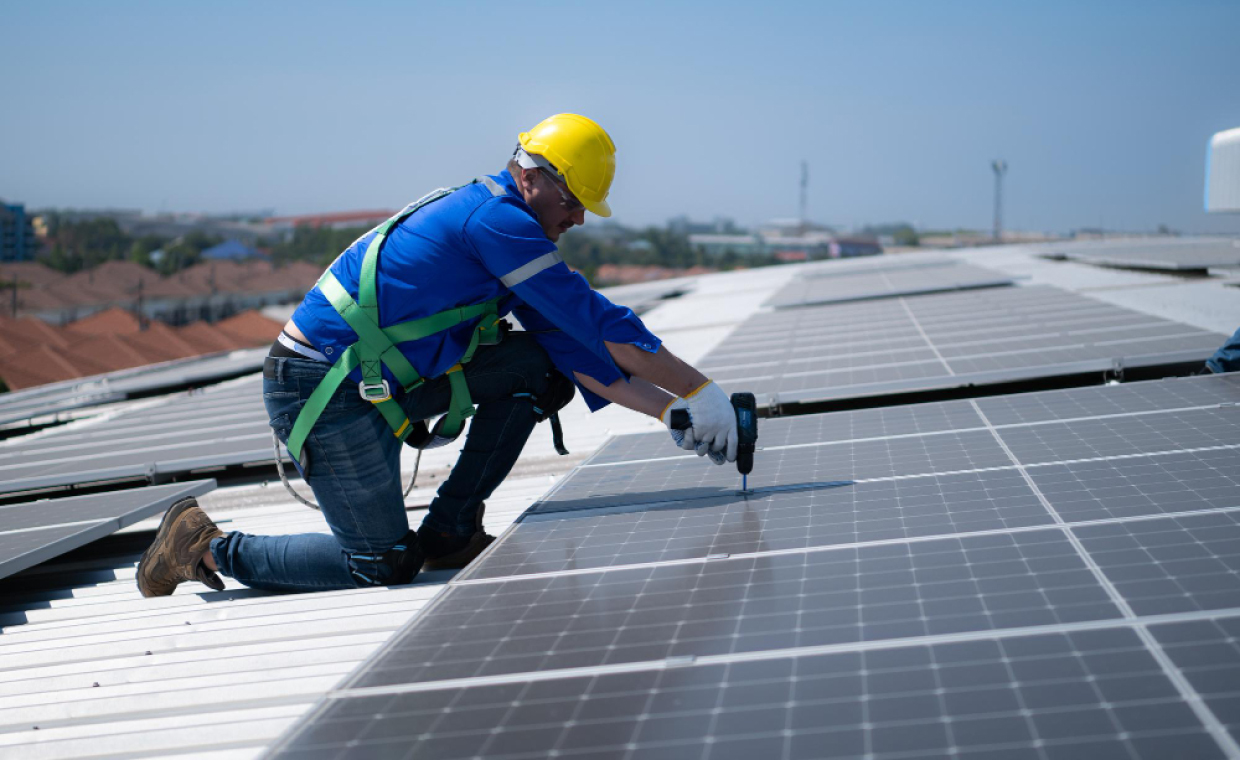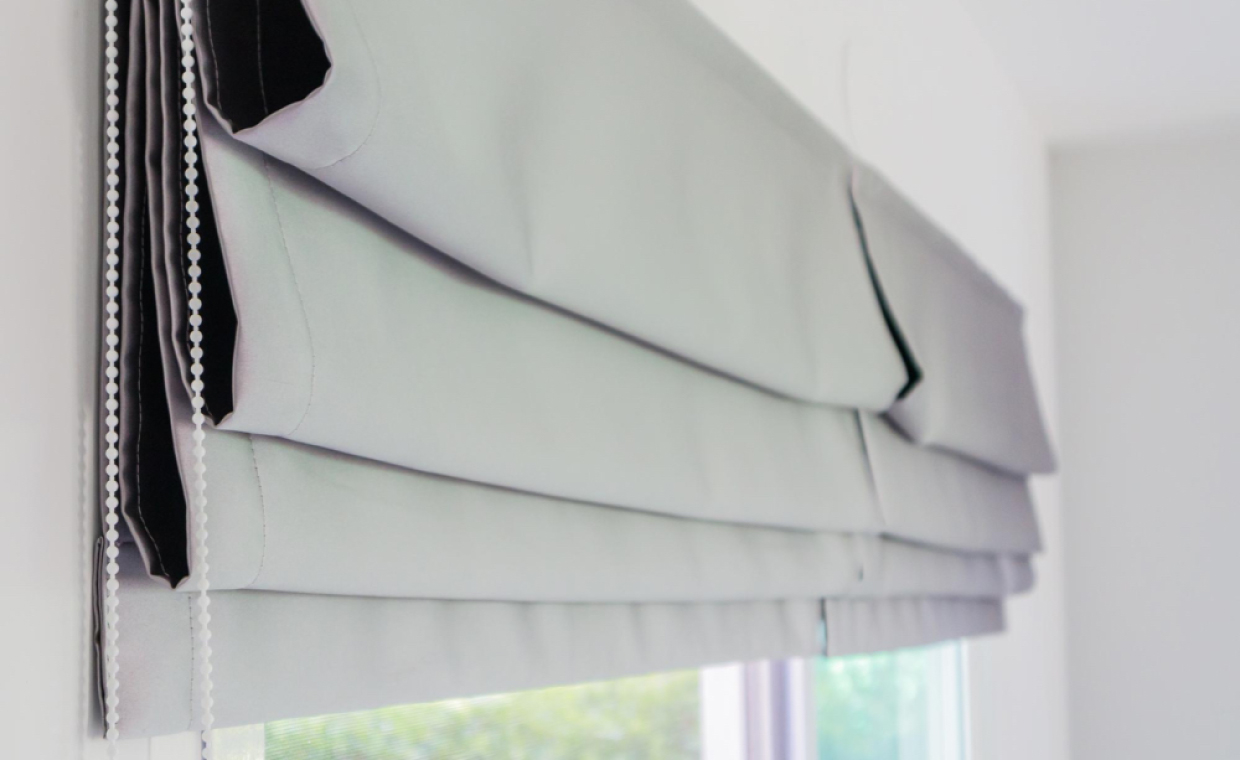
Table of Contents
Deciding to grow your own fruits, veggies, and plants is perhaps one of the most enjoyable and fulfilling tasks you can do for yourself. It can also be a perfect hobby, especially for people with green thumbs. That’s when the thought of starting your own greenhouse comes into the picture. Setting up a greenhouse at home can be a lifesaver.
Greenhouses are an ideal environment to grow plants, vegetables, and flowers in any climate and season. This will serve as the safe sanctuary for your garden, giving your plants a space of their own to flourish and grow to their full potential. The idea of having your own growing atmosphere at home is simply appealing and fulfilling. However, just like other hobbies, growing and setting up a greenhouse may also require knowledge and skills.
If you’re new to setting up a greenhouse and growing crops from it, it’s only understandable that you won’t get everything right during the first growing season. Trial and error can help you during the learning process. But to minimize the challenges that you’ll go through during your first greenhouse experience, here are tips to guide you in setting up and growing your own crops from your greenhouse.
Preliminary Guide on Setting up a Greenhouse
01. Pick A Greenhouse Style

There are plenty of greenhouse styles and types for you to choose from. You have freestanding structures, leaning structures, aluminum structures, or wooden ones. It’s recommended that you pick a greenhouse type that fits your needs, lifestyle, and the plants you’re thinking of growing and producing. If you have no time to walk around and shop on physical stores for greenhouses, you can always browse for greenhouse types online on stores like South West Greenhouses and more.
Most of them display a wide selection of greenhouses according to category – size, brand, and style. Make sure you read carefully each product description as well as online reviews before going ahead with your greenhouse purchase.
02. Your Growing Space
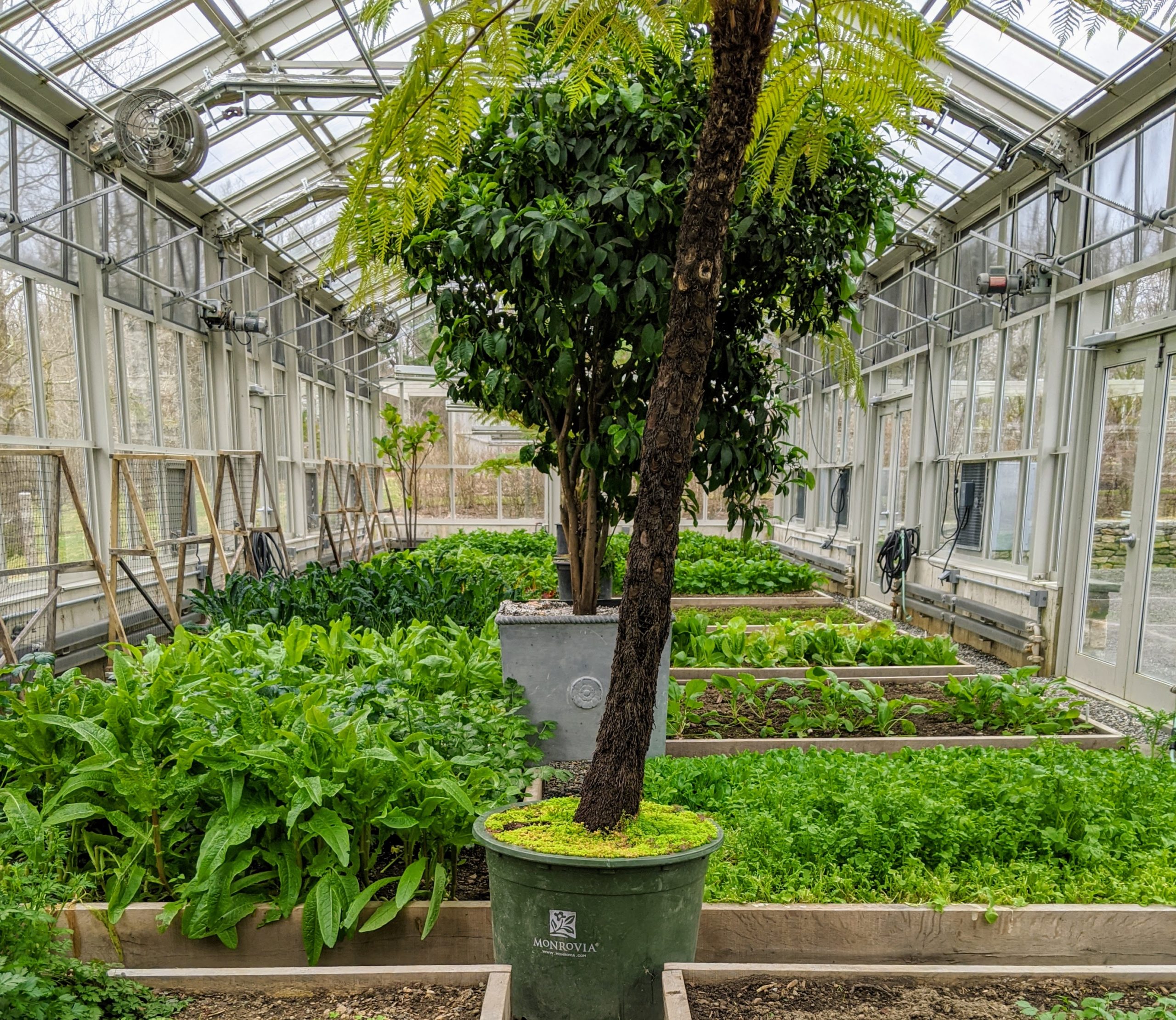
Suppose you’ve finally chosen a specific greenhouse type to buy. Now it’s time to think of your growing space. Remember, having a greenhouse is a long-term and expensive investment, and the last thing you’d want to do is invest in a costly greenhouse only to find out it’s too small for your liking and can’t provide more space for the future seedlings you’re planning to plant.
Thus, your choice of the greenhouse must be large enough for your plants to grow and multiply. In most cases, greenhouse owners end up needing more space from their greenhouse than they originally planned. Moreover, if you’re planning to produce vegetables, make sure to go for a greenhouse with plenty of headroom to maximize light as well as space for hanging plants.
If you need some tips to grow a vegetable gardening at home, click on a link below to have a glance at this blog:
03. Consider The Plants You’re Planning To Produce

Before you plan out the rest of the factors needed to be installed in your greenhouse (such as light, temperature, water, etc.), you need to consider the plants you’re planning to produce. You can’t plan your greenhouse’s temperature or lighting unless you know the kind of plants growing in it. Keep in mind that each type of plant has a different set of needs and requirements for its full growth.
That includes the amount of sunlight they need, the space they need to spread out and multiply, or how much humidity they need and water exposure they can handle. The plants will also determine the types of accessories you’ll need to buy for your greenhouse.
You can grow anything you want to plant in your greenhouse. After all, one of the benefits of a greenhouse is that you get to control and customize its temperature, lighting, humidity, and other factors to ensure your plants will grow healthy and strong. However, you also need to consider the types of plants you’re planning to put and grow together. Some of them may not be suitable in the same environment, leading you to create another space to grow them separately.
Additionally, be more mindful of growing sensitive plants and ensure you don’t mix them with other plants that can endure harsh elements. It’s best if you have a broad knowledge about the plants you’re growing so you’ll understand their needs and it’ll be easier for you to plan which plants can grow together.
04. Heating in your Greenhouse
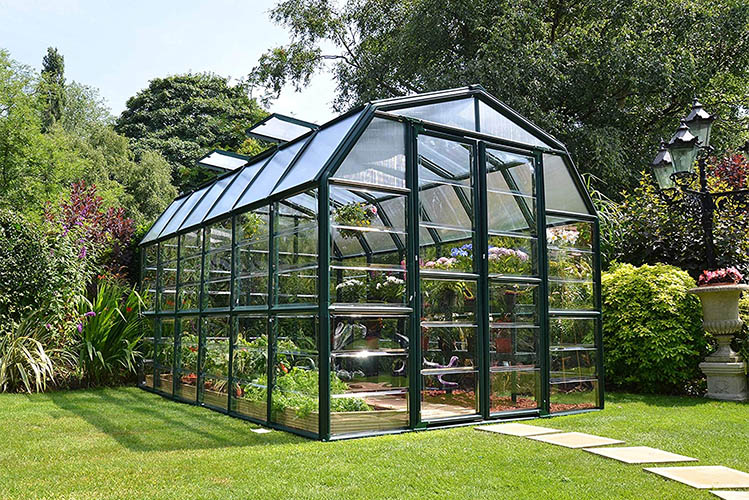
One of the challenges you’re expected to experience when maintaining a greenhouse is keeping it adequately heated during the winter or cold months. If you’re new to setting up a greenhouse, it’s recommended that you use electric heaters since they’re very easy to install. Plus, they’re an economical choice. If you have a small greenhouse, using a 120-volt heater will suffice. If you have a larger greenhouse, you may require 240-volt more and ensure it’s controllable by a waterproof thermostat.
Another option for heating your greenhouse is gas heaters. However, this option is less economical, and you’ll have to sort out your greenhouse’s ventilation and consistent fresh air supply for it to work properly.
05. Cooling in your Greenhouse
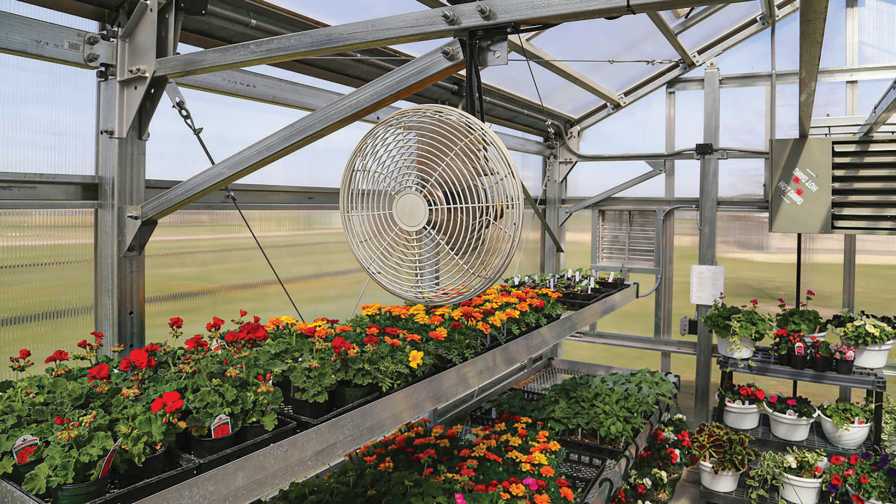
Besides preparing your greenhouse for the winter months, you also need to equip it for the hot and summer months. However, be aware that keeping a neutral temperature, especially during the hottest time of the year, can be challenging since greenhouses are designed to trap heat.
Thus, you must regularly measure your greenhouse’s temperature, especially during the summer months. If you monitor the temperature regularly, it’ll be easier for you to regulate its temperature by either opening the windows or doors of your greenhouse or using a positive cooling system. If your greenhouse keeps on overheating, it may be best if you install evaporative air coolers to maintain humidity.
06. Keep Your Greenhouse Properly Ventilated

Proper ventilation plays a vital role in any greenhouse, regardless of type or size. During the hot months, the convection currents produced from the natural heat are enough to maintain your greenhouse’s circulation and ventilation. Just make sure you keep the roof vents open so the hot air can escape through it and be replaced by fresh air.
However, securing proper air circulation may be tougher during the cold months. Without adequate ventilation, your greenhouse might be prone to mold growth which is harmful to you and your plants. It’s best if you install an oscillating fan to maintain air circulation during these months. Moreover, avoid overwatering your plants to discourage the growth of molds.
Wrap Up!
Knowing how to set up your first greenhouse properly is one of the first steps in growing the best and healthiest plants you can have. The healthier your plants are, the more rewarding and fulfilling it’ll be for you. Remember, no one else is in control of your greenhouse but you, which means your plants depend on how well you prepare their growing environment. So, keep these tips in mind and don’t forget to sign in with the help of grow lights, heaters, fans, and other accessories so you can provide a beautiful and livable garden for your plants.
We hope that you enjoyed reading our above content of preliminary guide on setting up a greenhouse. Before take a leave from us, we have also provided some money saving landscaping tips for your home garden:



























